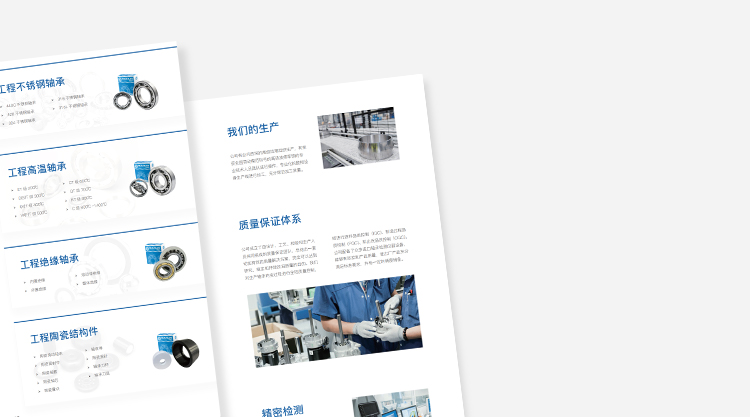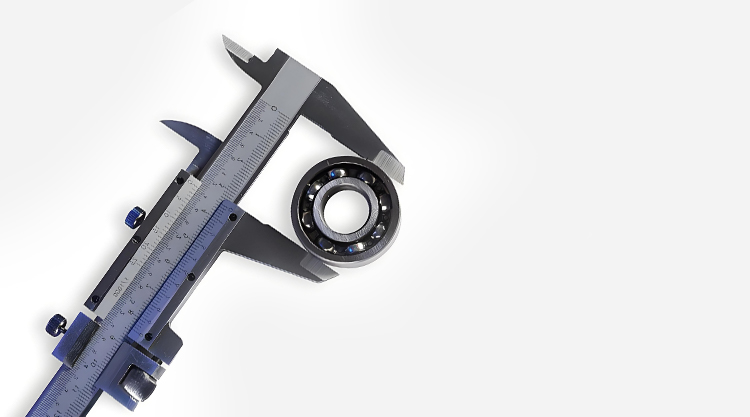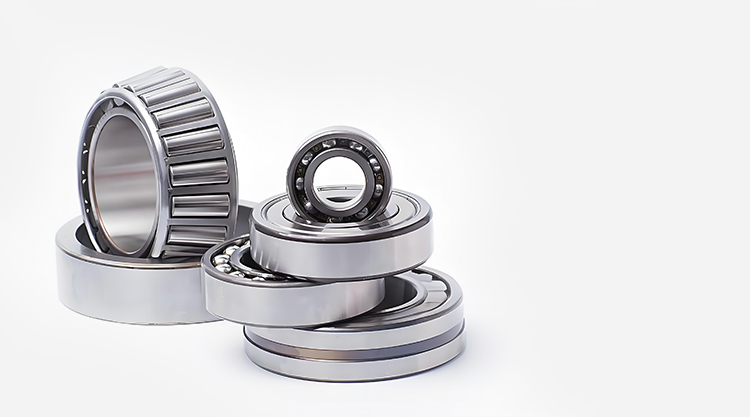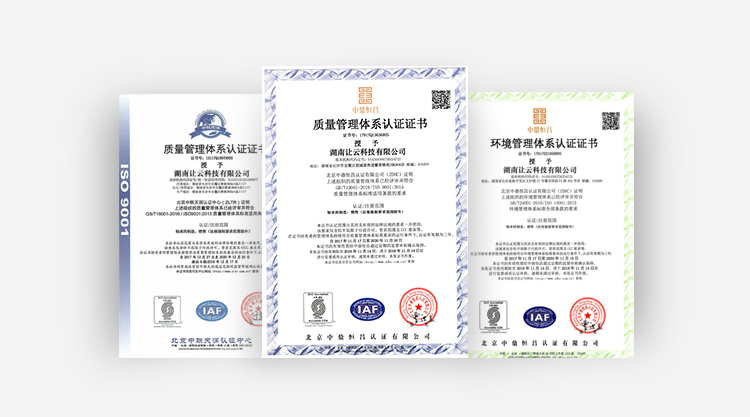What bearings should be used in high-temperature operating conditions?
In the operation of industrial equipment, high-temperature working condition bearings are a very critical factor. Whether in metallurgical industry furnaces, glass production lines, film stretching machines, or textile machinery, bearings often need to operate stably in environments of 200℃, 300℃, or even higher. So, what type of bearing should be used under high-temperature conditions? And what is the temperature limit of different bearings? This article will combine practical applications to analyze the key points of high-temperature bearing selection.
I. Challenges of High-Temperature Conditions for Bearings
In high-temperature environments, ordinary steel bearings are prone to the following problems:
| Hardness reduction | Increased temperature causes bearing steel to anneal, reducing hardness and load capacity. |
|---|---|
| Lubrication failure | Ordinary grease volatilizes and carbonizes at high temperatures, leading to bearing seizure. |
| Clearance changes | Thermal expansion changes the size of inner and outer rings. If improperly selected, it can cause seizure or early failure. |
Therefore, in the face of high-temperature conditions, it is necessary to choose specialized high-temperature bearings and high-temperature lubrication solutions.
II. Common Types of High-Temperature Bearings and Their Temperature Limits
| High-temperature deep groove ball bearing | Made of specially heat-treated steel (such as heat-resistant bearing steel), commonly used in 200℃~300℃ conditions. Some products can withstand short-term high temperatures of up to 350℃. |
|---|---|
| High-temperature cylindrical roller bearing | Suitable for high load and continuous operation conditions. The temperature limit is generally between 300℃~350℃. |
| Ceramic high-temperature bearing | Uses silicon nitride (Si3N4) or zirconia (ZrO2) ceramic rolling elements, with stainless steel or heat-resistant alloy cages. The temperature range can reach above 500℃, while also offering corrosion resistance. |
| Solid-lubricated high-temperature bearing | Uses solid lubricants such as molybdenum disulfide and graphite internally, not relying on grease. Suitable for extreme environments of 400℃~600℃, such as kilns and heat treatment equipment. |
III. How to Choose the Right High-Temperature Bearing?
In practical selection, the following aspects should be considered:
| Operating temperature | Clearly define the long-term operating temperature and peak temperature of the equipment, and select bearings that match the temperature limit. |
|---|---|
| Load and speed | Bearing load capacity decreases under high temperatures, so the structure (such as roller bearings) should be selected according to working conditions. |
| Lubrication method | Choose high-temperature grease or solid lubrication to prevent damage caused by grease failure. |
| Clearance design | It is recommended to select special clearances such as C3 or C4 to compensate for thermal expansion. |
IV. Application Cases in Different Working Conditions
| Glass production line | Commonly uses high-temperature cylindrical roller bearings with a temperature limit above 300℃. |
|---|---|
| Metallurgical heat treatment equipment | Prefer solid-lubricated high-temperature bearings, withstanding up to 500℃. |
| Film stretching machine chain clamps | Often use ceramic high-temperature bearings, offering both heat resistance and corrosion resistance. |
V. Conclusion
In high-temperature conditions, selecting the right high-temperature bearing is key to ensuring stable equipment operation. Depending on the condition, the common temperature limits are approximately: ordinary high-temperature steel bearings: 200℃~350℃; ceramic high-temperature bearings: above 500℃; solid-lubricated high-temperature bearings: up to 600℃. Therefore, engineers should consider operating temperature, load, lubrication method, and clearance comprehensively during selection to ensure long service life and stable operation of equipment in high-temperature environments.
-
19 2025.09What do the bearing clearances (C2, C3, CM) mean? How should they be selected?
This article will analyze the definition, classification, and selection methods of bearing clearance from a professional perspective, helping readers better understand and apply them.
-
19 2025.09Several Signs of Incorrect Bearing Installation — Have You Noticed Them?
This article will detail several common signs of improper bearing installation, helping engineers and maintenance personnel identify problems in time and avoid greater losses.
-
19 2025.09How to Select Bearings for Semiconductor Equipment in HF Acid Environments?
For bearings in semiconductor equipment operating continuously under HF acid conditions, this environment poses significant challenges.
-
19 2025.09Analysis of Zinc-Free Copper Bearings
Why Choose Zinc-Free Bearings? Under What Conditions Must Zinc-Free Bearings Be Strictly Used? This article will provide an in-depth analysis based on real-world application scenarios.




